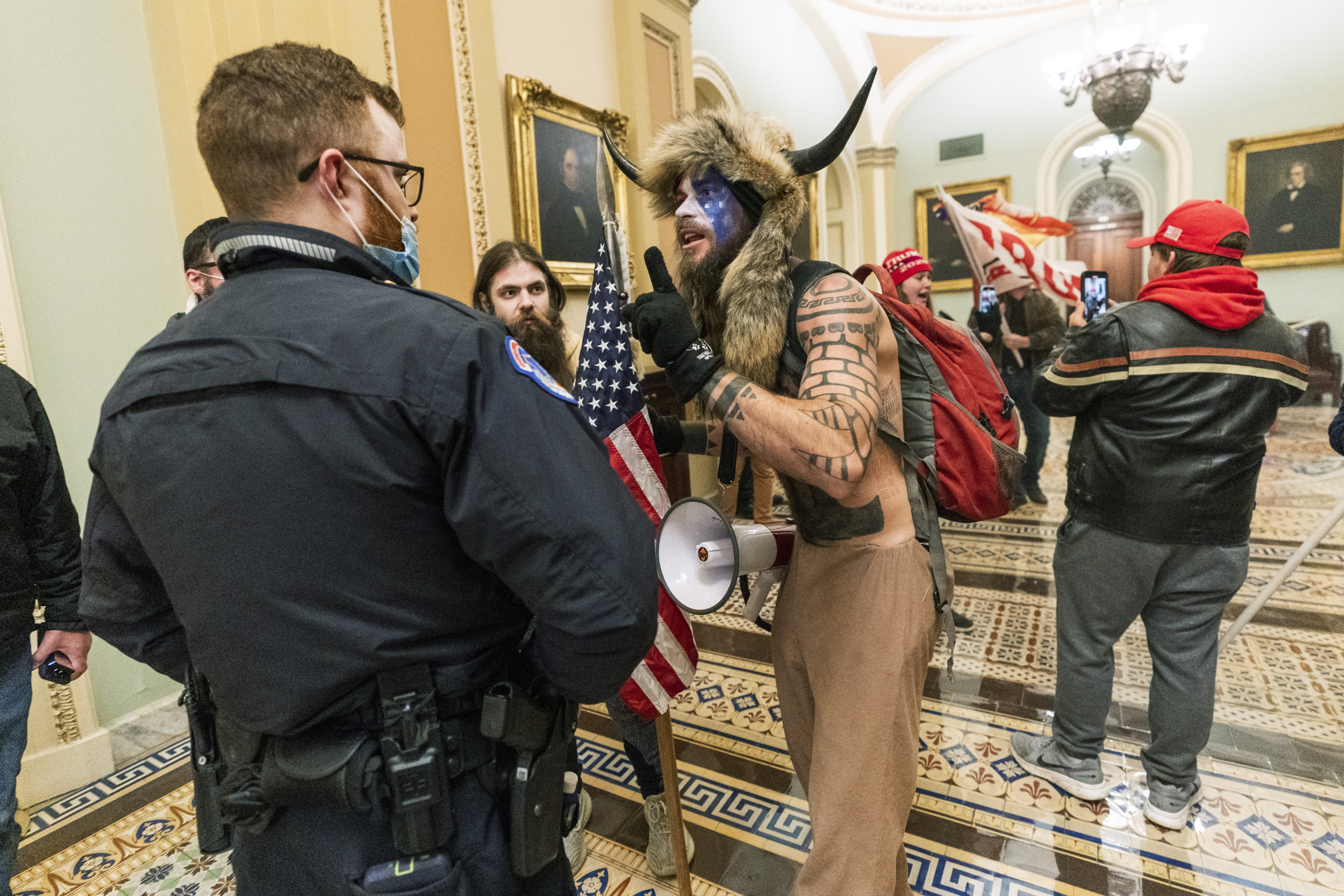Sign up for the daily CJR newsletter.
Last January after thousands of Trump supporters stormed the Capitol, CNN’s audience surged. But the network had already divined the connection between terror and ratings. Studies found CNN amplified misinformation about the election by airing old Trump tweets long after he was banned from the platform. And it has consistently given airtime to proponents of what law enforcement deems the top terror threat domestically, as well as to amplifying the fear around terror threats from abroad.
At what point does coverage of terrorists tip from a valid newscast to a form of propaganda that casts the lonely people who turn to violence as precisely the dangerous, terrifying figures they crave being?
Jason Burke in The Guardian tells how even back in 1956, an Algerian revolutionary “wondered aloud if it was better to kill 10 enemies in a remote gully ‘when no one will talk of it’ or ‘a single man in Algiers,’” which would be noticed the next day around the world. It is CNN which often does the noticing, and it presents a difficult quandary.
On the twentieth anniversary of 9/11, CNN re-aired the plane attacks, personal testimonies, and, of course, George W. Bush’s commiseration via bullhorn with first responders at Ground Zero. It pegged recent news about Afghanistan to the anniversary. But less than a week later, it was focused on “Justice for J6,” the rally intended to support January 6 insurrectionists. Afghanistan was long forgotten.
A key mistake CNN repeated was their penchant to cover “all or nothing.” The result isn’t better understanding of world events, but rather polarization fueled by over-simplified rundowns.
While of course acknowledgment of 9/11 was warranted, CNN didn’t provide updated context and may have fallen foul of a concept long understood in the world of counter-terror. “Repeated broadcasting of the horrific footage from the scene,” wrote Yael Pries-Shimshi for the International Institute for Counter-Terrorism in 2005, “accompanied by interviews with witnesses, emergency teams, and wounded … equates to a kind of re-enactment of the trauma, further amplifying the psychological and emotional impact of the attack.”
There’s a long-standing symbiotic relationship between terrorists and the media, Pries-Shimshi says. Competition for audiences “fosters a tendency to set aside all considerations, whether psychological, moral, or ethical.”
Before the 24/7 cable news networks gained prominence, editors could be more methodical. Prior to 9/11, for instance, Osama bin Laden struggled to capture the media attention he’d long sought. During those years, Burke explains, “Bin Laden’s productions would be broadcast only as short excerpts” or not at all.
Bill Goodykoontz, media critic for the Arizona Republic, explicates how weakened foreign reporting precluded journalists from seeing 9/11 coming, “which meant a lot of scrambling to more fully understand and explain it when it did.”
News organizations have too easily forgotten that lesson. Currently, the biggest terror threats to the United States internationally emanate from Syria, Yemen, Somalia, and Iraq, but CNN isn’t discussing those regions on air.
Which brings us to what they were, in fact, discussing: the failed “Justice for J6” rally on September 18. Intelligence leading up to the protest indicated that the pro-Trump groups Oath Keepers and Proud Boys called off their followers. Online chatter was muted. Expectations were low.
Unless you were watching CNN. Thursday and Friday before the Saturday rally, most hours led with the possibility of violence, largely based on a DHS memo that referenced a “small number” of threats online. It was a vague risk but CNN made it seem bigger than it was. No wonder more journalists showed up than protesters.
There is a common issue throughout these stories according to Matthew Hoh, a former Marine and Senior Fellow for Center for International Policy. He contends that the over-simplified portrayals divide audiences. By denying the mundane humanity of such groups, the narrative becomes that “we” don’t understand “them.” Audiences lack comprehension and extremists are pushed even further away. Their supporters likely “see it as one more case of the media blowing things out of proportion.”
We don’t have to condone these groups, as Hoh points out, but we should have some concept of what makes them tick. CNN could resist amplifying the wrong message, while better informing their audience on the underlying issues. Hopefully before it’s too late.
Has America ever needed a media defender more than now? Help us by joining CJR today.







